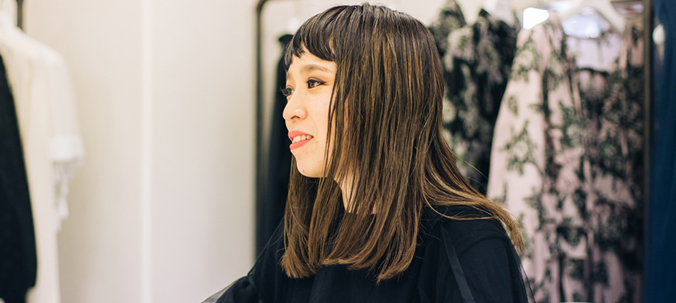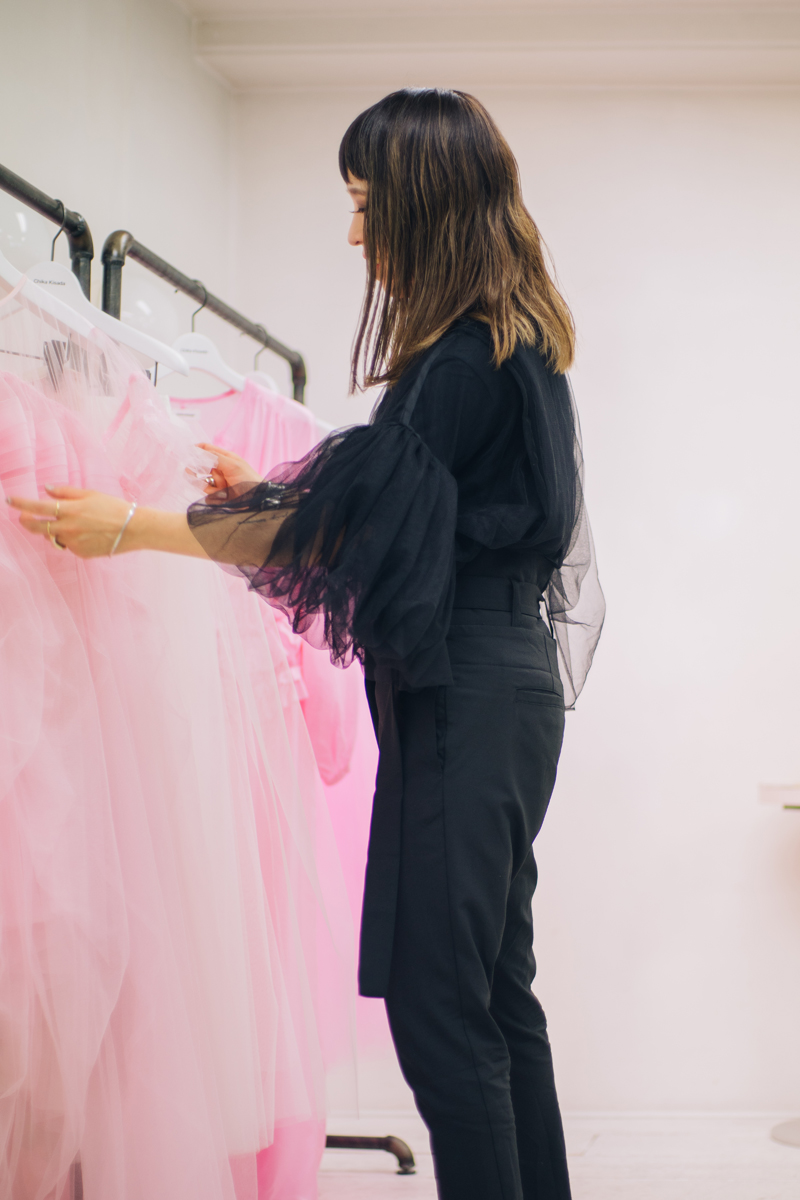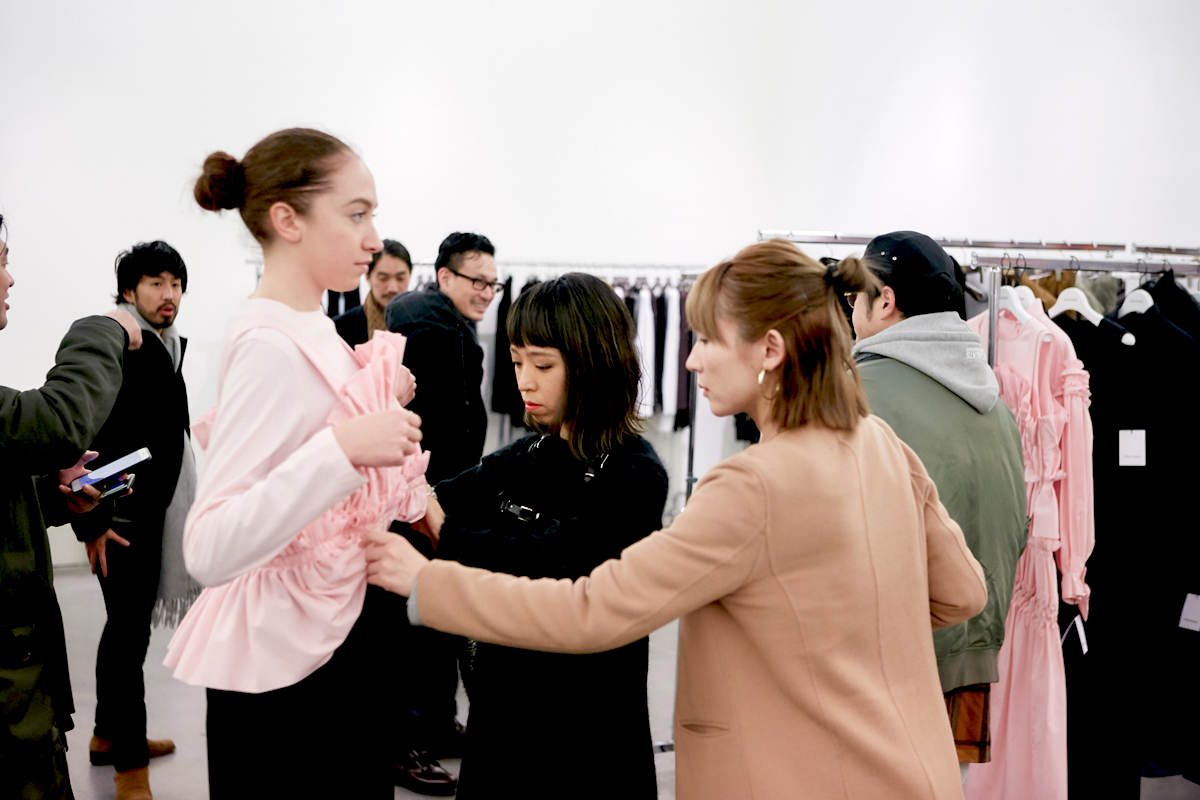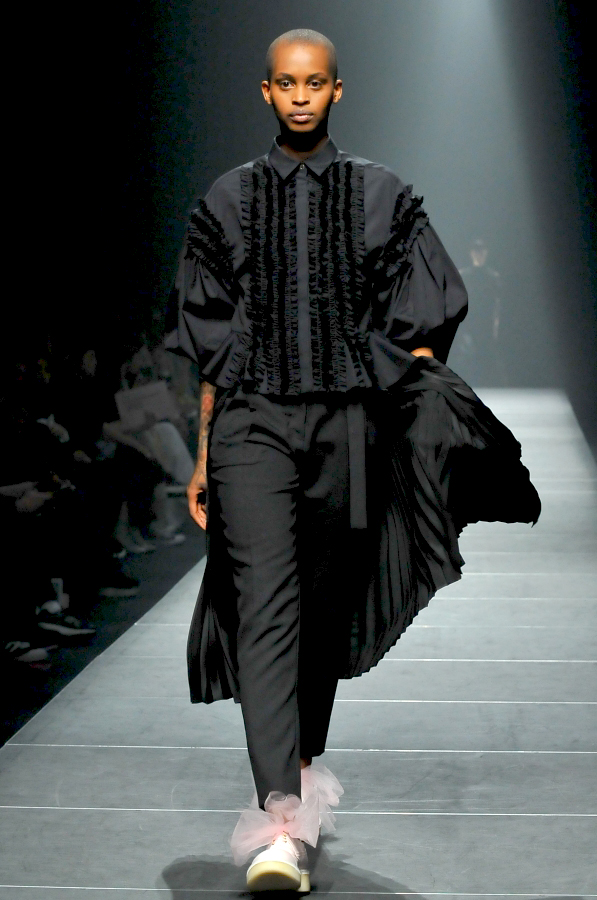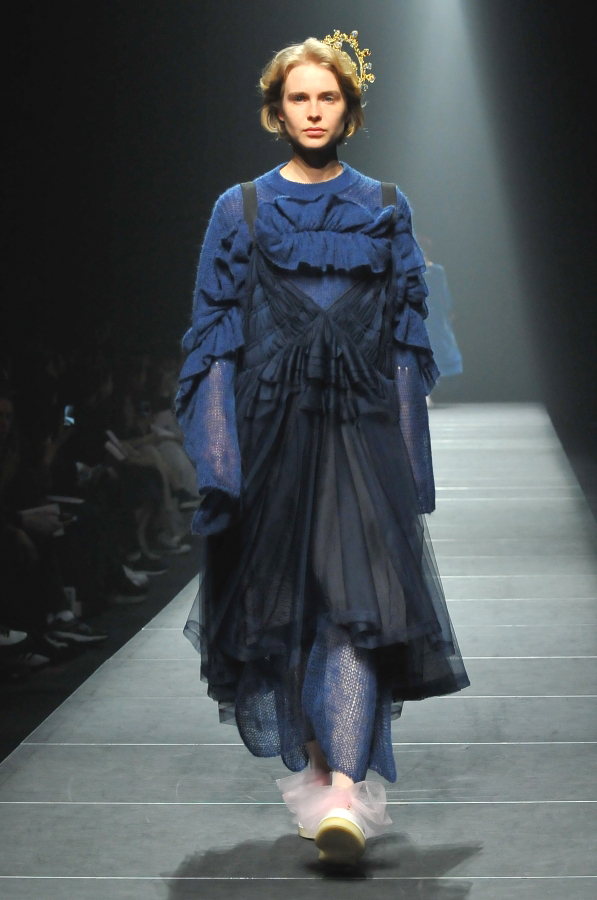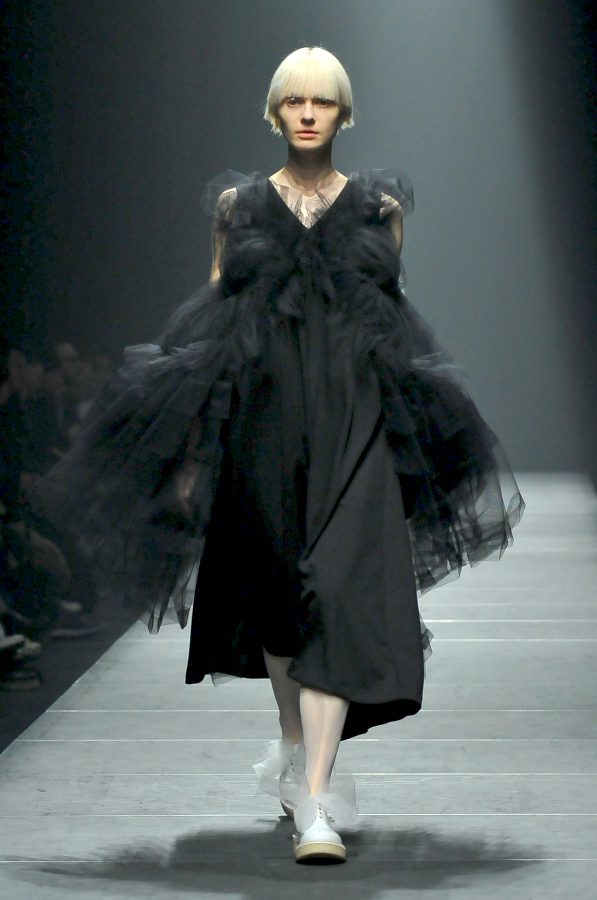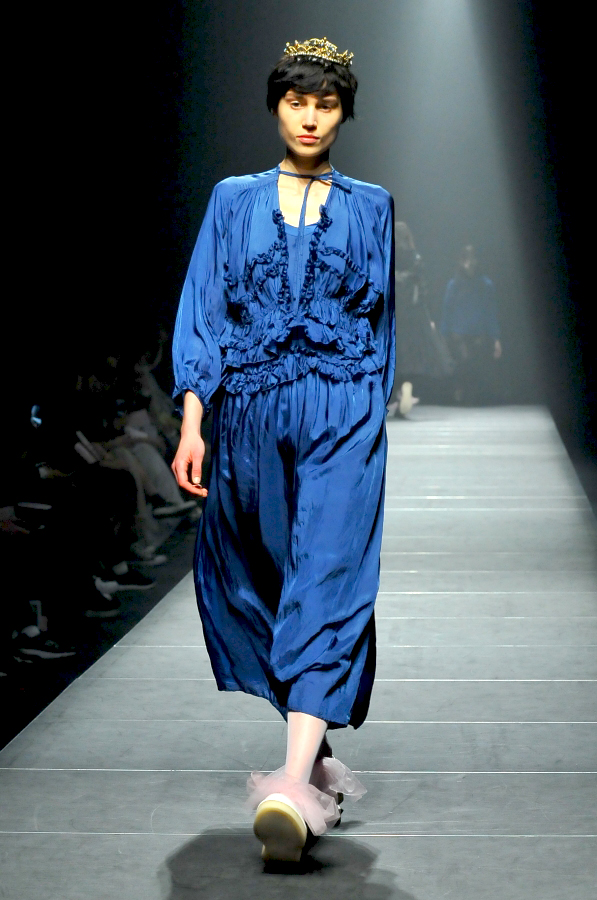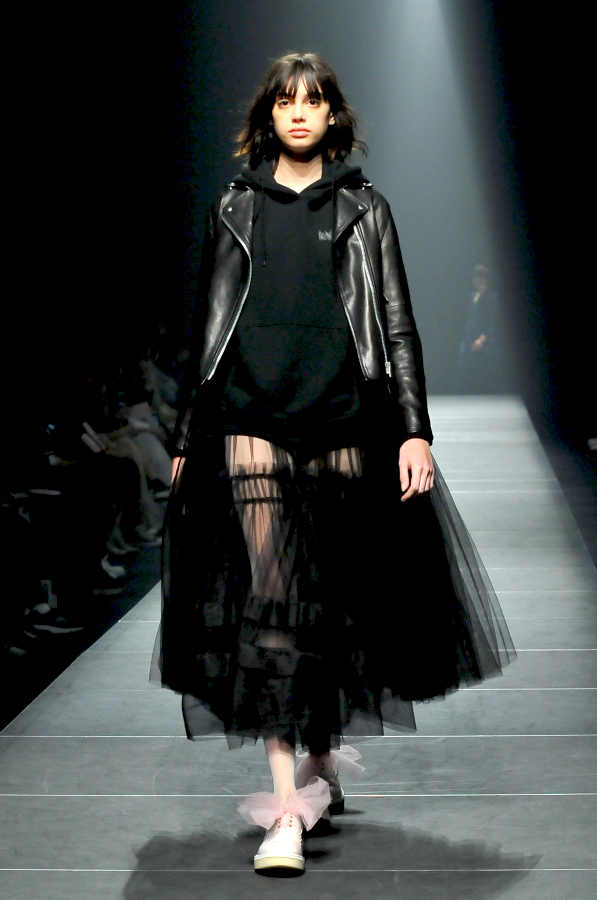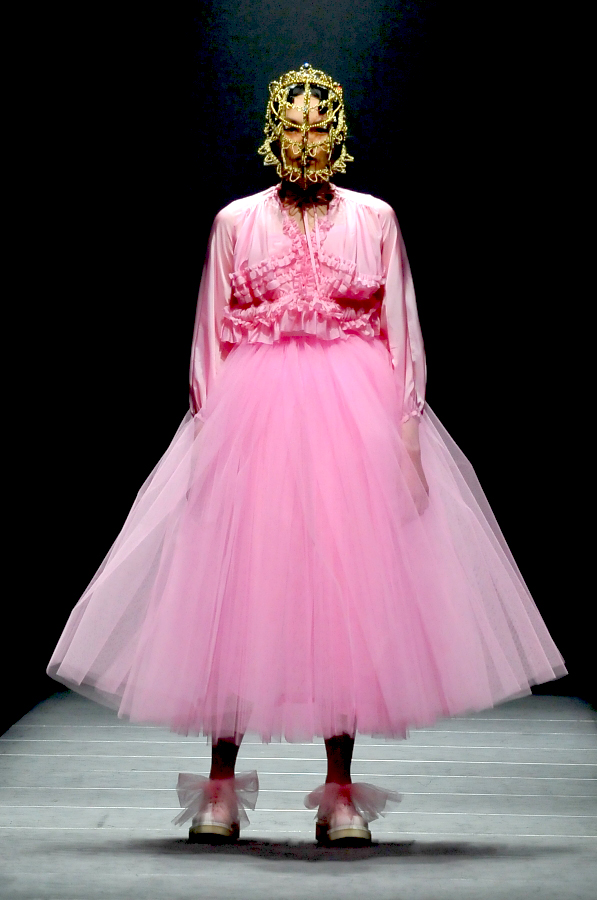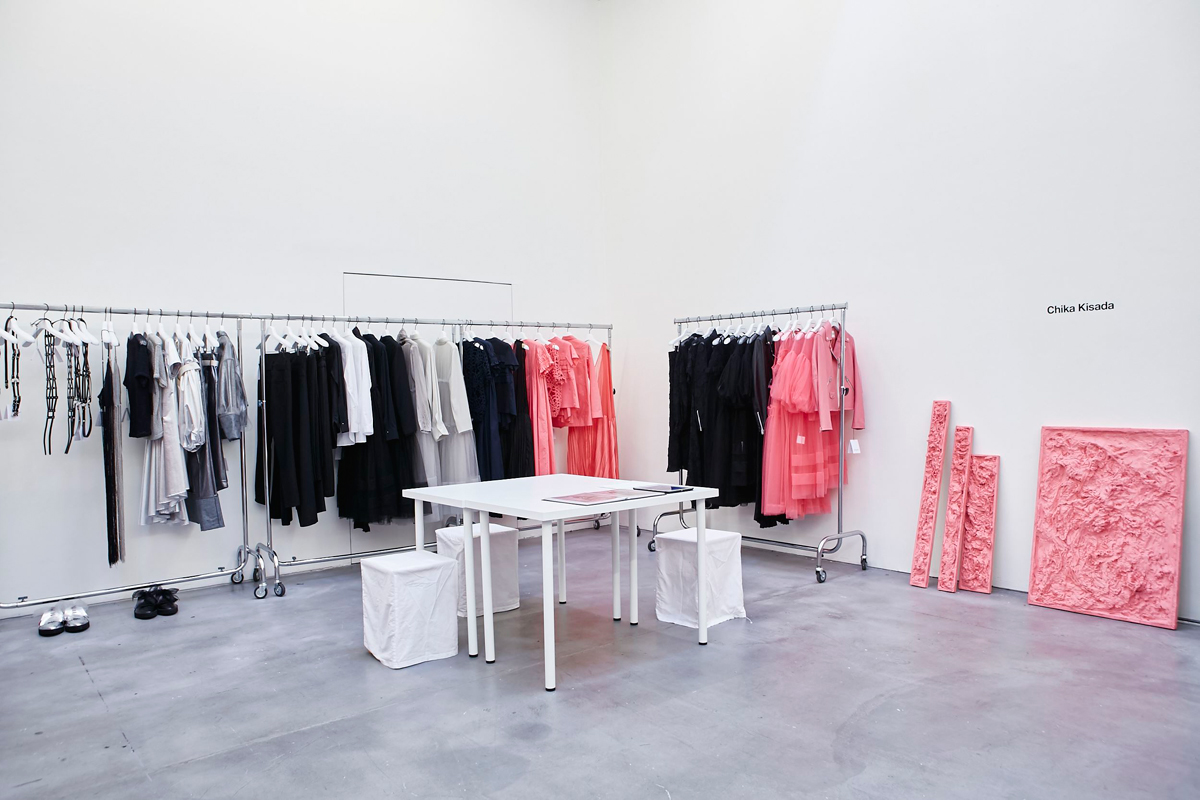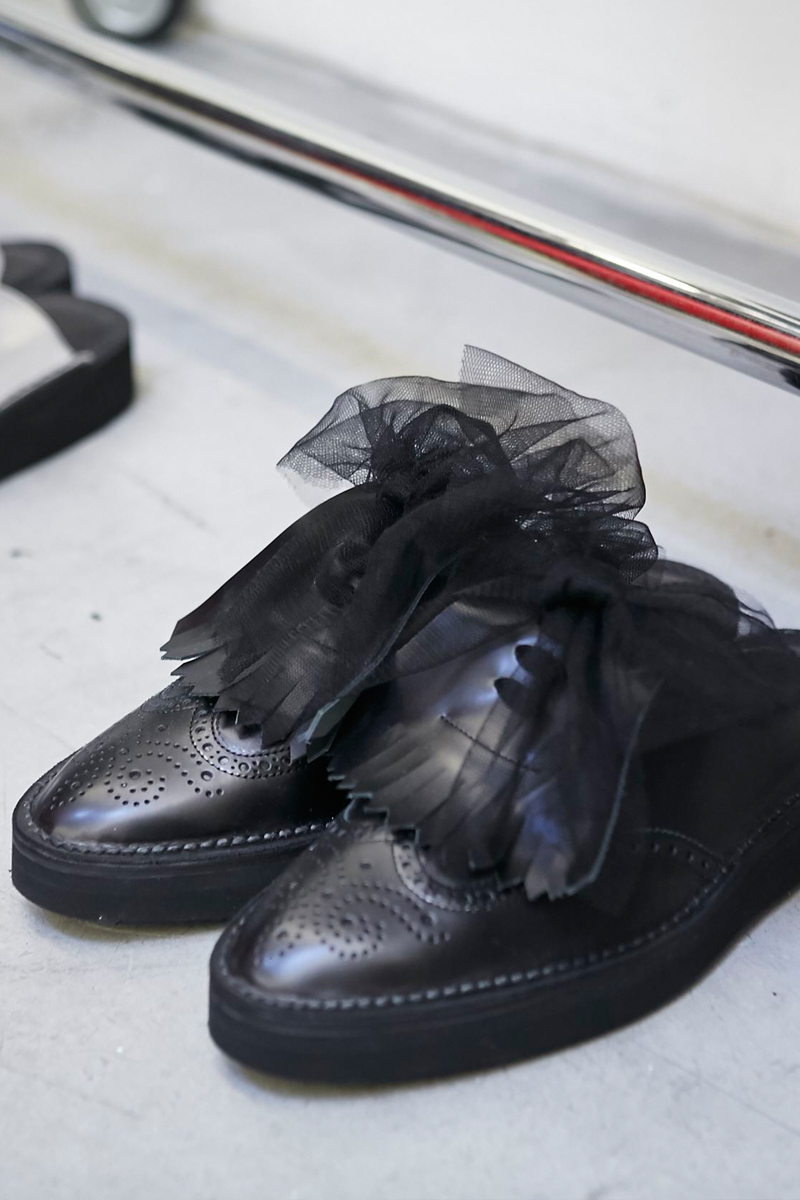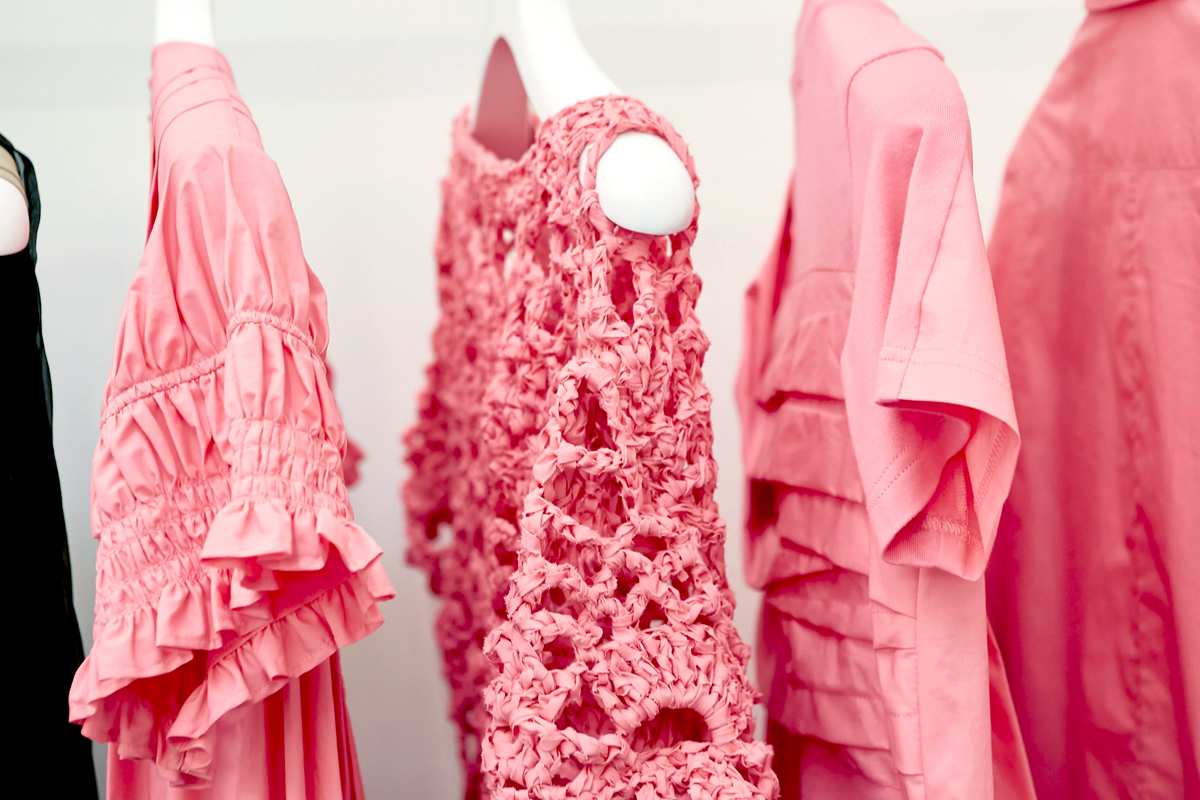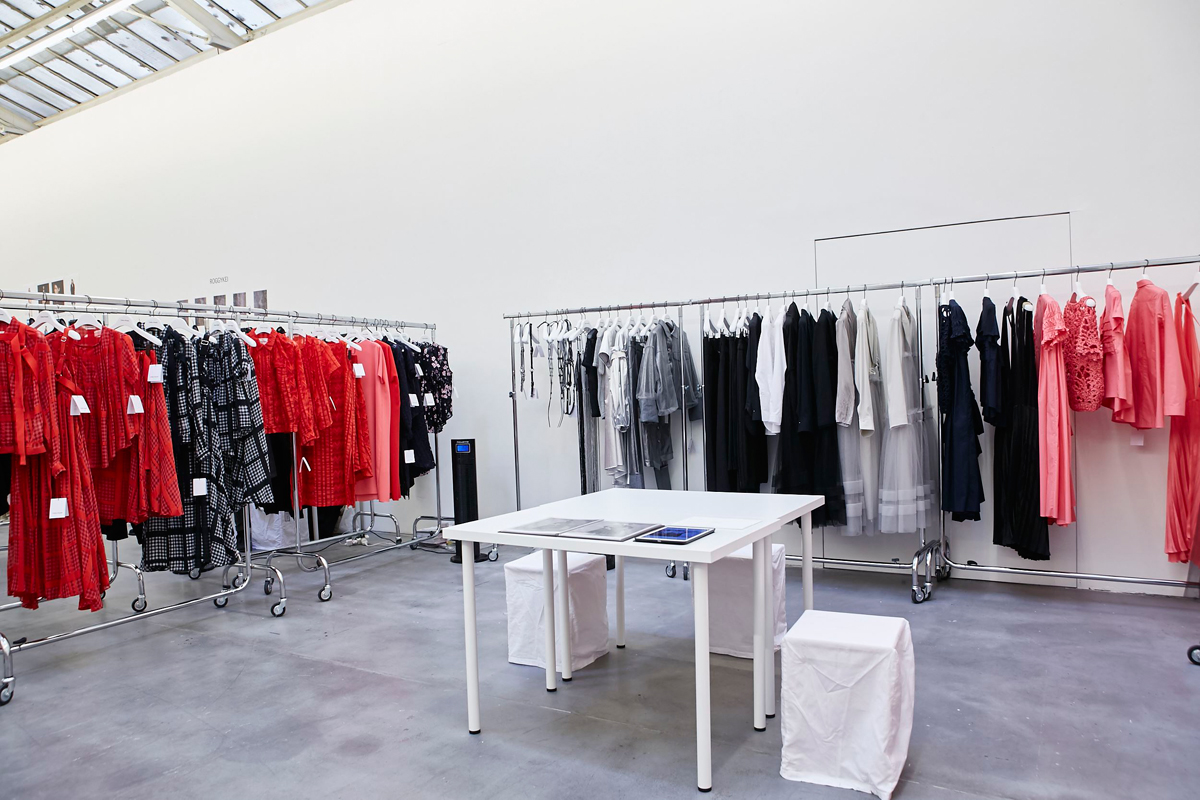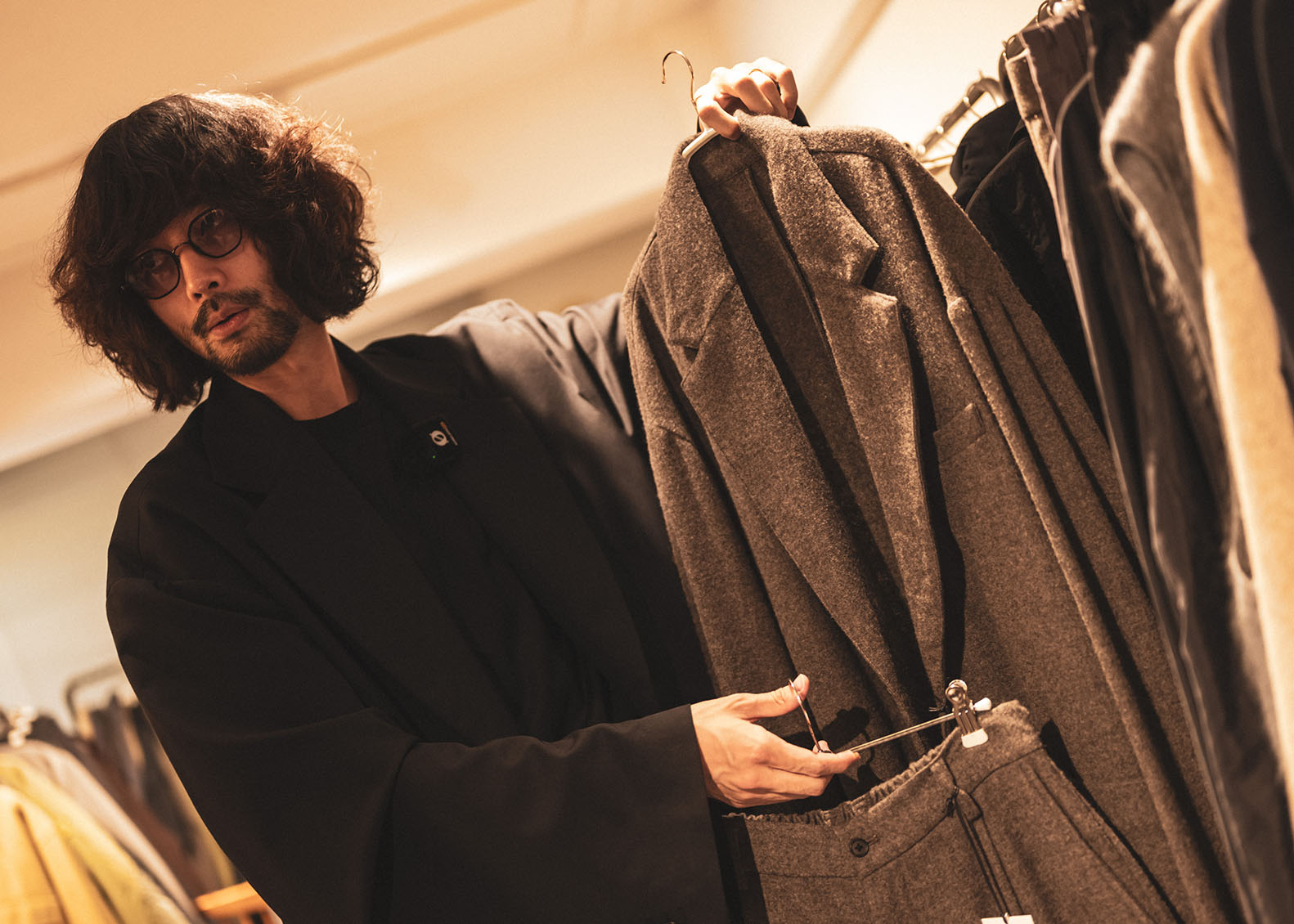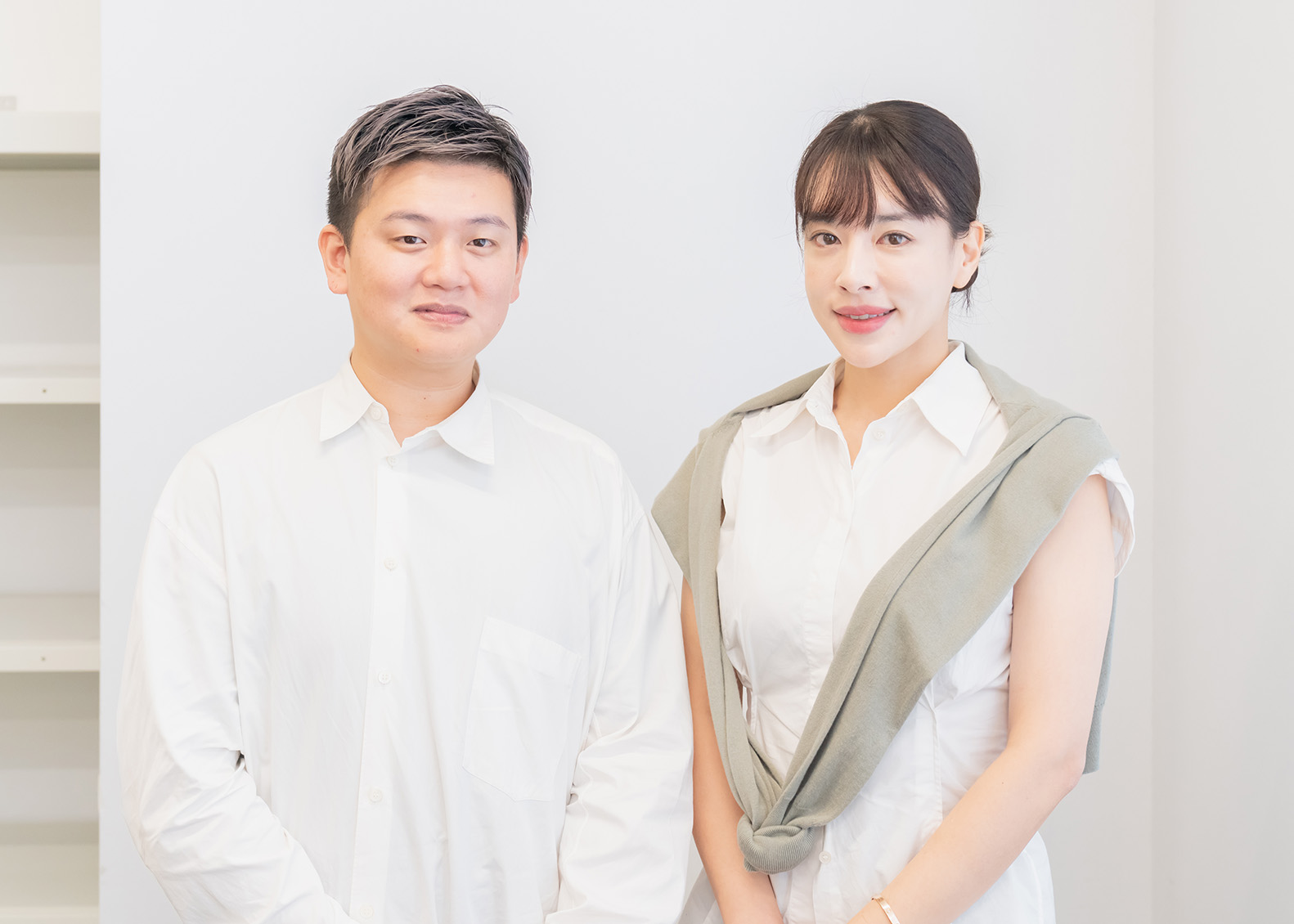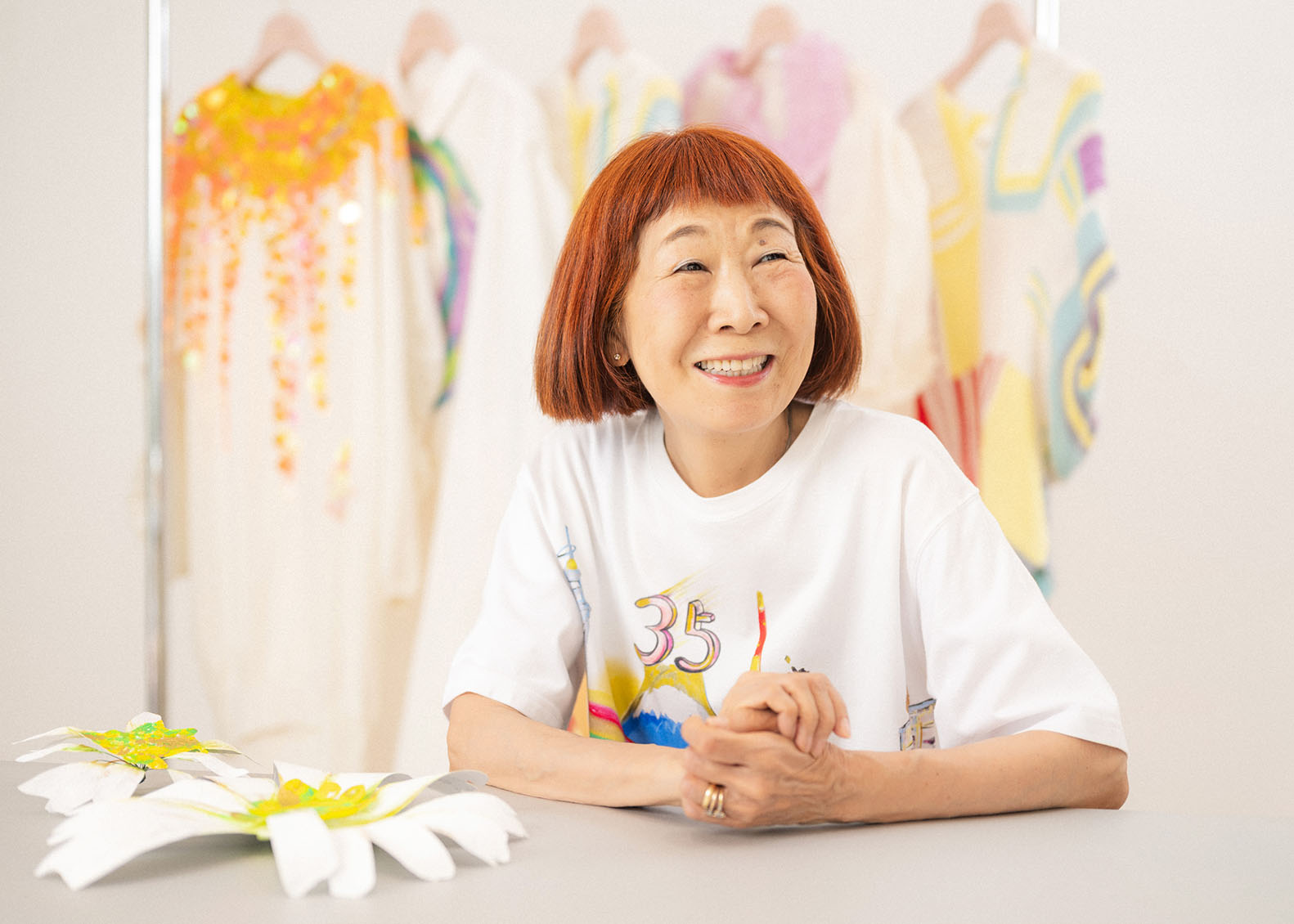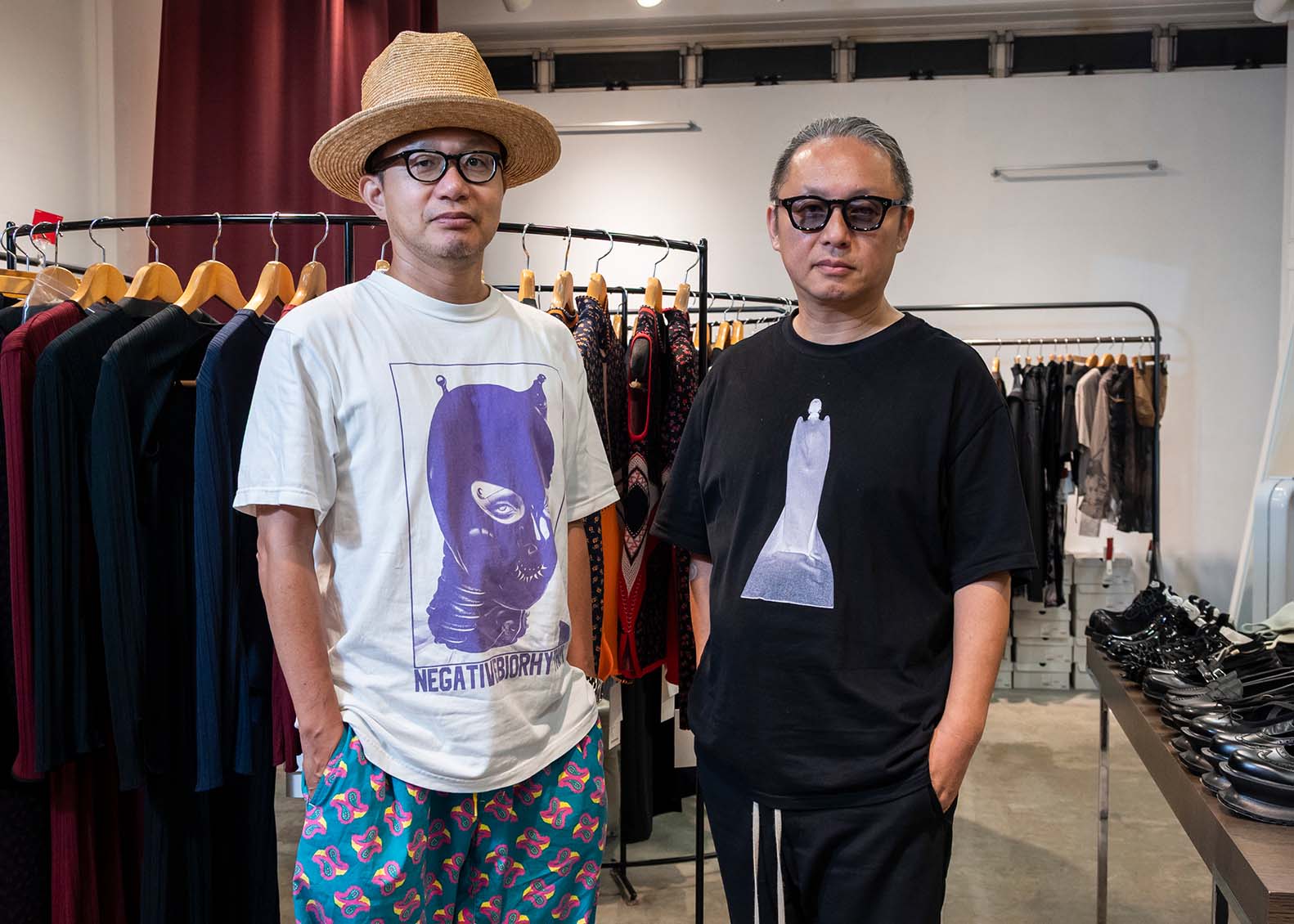Chika Kisada (Chika Kisada)
Ms. Chika Kisada has a unique background of being a professional ballet dancer and then switching to a fashion designer. The collections designed by this designer with a unique background, embodies both a ballet-like transient, sensitive image, along with a completely opposite powerful rebellious spirit, and is being favored by women whom live actively in today’s modern society. Through the brand’s first runway show held in Tokyo earlier, the brand is gathering even more attention. We asked its designer, Ms. Kisada, various questions, including how she came to create the 2 brands “Chika Kisada” and “REKISAM”, her source of creation, etc.
You used to be a ballet dancer, right? What prompted you to become a fashion designer from there?
During my dancer days, my head was full of ballet only. But because I had many friends whom were interested in clothing, I got to know all sorts of brands, and from there, I gradually became interested in fashion. After I retired from the world of ballet, I joined the company I work for now, but at first, I was appointed to the business section. Afterwards, I was given the chance to start a new brand for the company, which is how “REKISAM” was started up in 2007.
Had you been hoping for an opportunity to design clothing from before?
When I first joined the company, I had opportunities to plan designs with the brand designers I oversaw, but I didn’t have a vision of one day becoming a designer myself. But I always had a strong wish to specialize in some profession, and that was a time for searching for what I can do. As I experienced the various processes of clothes making, I became attracted to its creativeness. I had always been strongly interested in the process of how people choose clothing according to TPO and express their individuality. This may be because it is similar to how dancers use their body to express their interpretation of various characters and scenes. From there, I studied and acquired the various processes and knowhows of clothes making.
Why did you start up Chika Kisada as a new brand, after already having started REKISAM?
I had a strong wish to start a brand in which I could reflect my ballet experience more, a brand in which I could express a powerful elegance, and so I was waiting for the right timing. That timing came in 2014, and I was blessed with the opportunity to debut as Chika Kisada.
Is the creative process of Chika Kisada different from that of REKISAM?
For Chika Kisada, every season I always establish a story first. From there, I spread my image, and decide on concepts and/or themes. In doing this, I usually pile up inspirations I receive in daily life, for example, things I felt, things that interested me, excitement I felt from watching a movie, going to a museum, listening to music, etc., and from within all that, I choose one thing to dig down deeper into.
When designing, do you ever establish a specific female image?
One of my major themes in clothes making is the women’s body, and I always make clothes with an awareness of how beautiful a woman can look when wearing clothes, or how dramatic she can look by the movements of the materials. So, I never establish any specific female image.
I feel that Chika Kisada clothing poses a ballet-like sensitive beauty on the one hand, and a contradicting powerfulness at the same time.
I retired from ballet disheartened, so I have a sense of having my hair pulled from behind by ballet. I still feel a yearning for that world. This complicated emotion is an inseparable part of me, and my experiences as a ballerina, elements of ballet, are aspects I hold dear in my clothes making. The various complicated emotions I’ve felt relates to the punk spirit, and mixed together, formed the present “punk-ballet” theme of the brand.
This March, you held your first runway show at Tokyo, as an award-winning brand of the TOKYO FASHION AWARD. Please tell us about that experience.
In doing my first runway show, I kept in mind to try to convey the relationship between my clothing and the body clearly, and/or the movement of materials, through music, lighting, models walking, etc., which cannot be fully expressed in exhibitions or installations. Also, I’ve been pursuing elegance in daily wear, so I usually stick to making clothes that are wearable in daily life. But in the show, I wanted to show fragments of an unrealistic world also, so I made some dresses and head pieces exclusively for the show. I think it was an extremely good opportunity to spread acknowledgement of the brand, both in Japan and overseas.
We’ve heard that you have acquired business with new countries during the exhibition at the Paris showroom. It seems the brand is gathering attention from all over the world.
Due to differences in religion and/or culture, the fashion style of each country differs, but I think there is an awareness and sense we share with those people whom sympathize with the brand’s world view. We intend to continue attentive clothes making, so that we may continue to spread our sales channels among people, shops, that sympathize with our brand, both in Japan and overseas.
Interview by Yuki Harada / Translation by Aiko Osaki
Photography by Yohey Goto
“Chika Kisada” embodies the elegance of ballet and life-force of punk. The concept of the brand, “powerful elegance”, is born from the fusing of seemingly contradicting images of evanescence and powerfulness. Their signature line pursues the beauty of the human body that flows with movement, its fading and sense of existence. These are clothes for women whom live in the city, keep moving, and are looking for a new definition of high quality.
[ Website ] http://www.chikakisada.com/
[ Instagram ] https://www.instagram.com/chikakisada/

